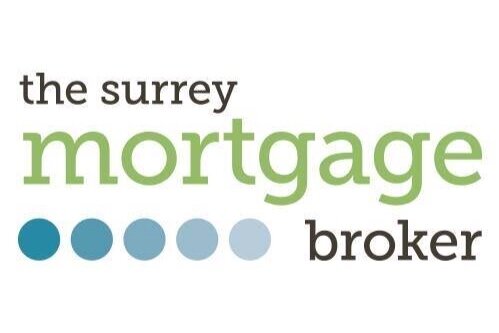In this blog I am going to attempt to explain why current mortgage rates are so much higher than they were a year ago. The obvious answer is that the Bank of England have raised rates for the historic low of 0.1% to 2.25% over the course of the last few months. That is only part of the equation though as the level of the Bank base rate is still historically quite low and mortgage rates are significantly higher than this.
This time last year it was possible, with the right amount of equity, to secure a fixed rate for five years at under 1%. Today you will be lucky to get near 5%. Its even higher if you are looking for a shorter term fixed rate, according to Moneyfacts the average two year fixed rate (as of 4th October) was 5.97%
The cost of borrowing has been historically low since the financial crisis in the late 2000’s. Since that time there has been widespread quantitive easing, or money printing, particularly in the 18 months from March 2023 during the Covid lockdowns. The greater supply of money has contributed to the high rates of inflation we are now seeing. On top of this there is a labour shortage, a supply shortage and now a war in Europe making matters worse.
Bank of England
The inflation alone will lead to the Bank of England raising rates as it is pretty much the only tool they have to combat this. They are guilty of saying the inflation was transitory last year, clearly not the case and so have had to raise rates quicker than they may have liked in order to try and kerb this inflation. Another problem they have is that the inflation seems to be linked more to the supply issues and costs of materials and fuel. None of which can be controlled by raising interest rates.
However I’m digressing as the issue we have is why are the mortgage rates on the high street so much higher than prevailing Bank of England rate?
Lenders’ funding comes from various sources, customers’ savings, government funding schemes and wholesale markets. These wholesale markets can change quickly depending on the wider economic context. Right now that context includes an energy crisis, high inflation and a war!
For fixed rate lenders use swap rates where, as the name suggests, two different parties swap interest rates, this means the price of your fixed rate mortgage is based on what the lender can borrow in the swap market. During the time the Bank of England has raised rates from 0.1% to 2.25% two year swap rates have gone from 0.44% to 5.56% (as of 26th September).
This rapid change in the rates has led to lenders reacting very quickly and withdrawing products after them only being available for a few days, thus leading to quite a bit of panic buying and lenders being swamped with applications. This then forces them to withdraw deals to maintain service levels as well so it is a bit of a vicious circle.
Simon Gammon, managing partner at Knight Frank Finance, observed “Inflation is climbing rapidly and rates are going to rise as a result. Swap rates suggest that investors believe we’re going to see a spike in costs and rates over the next 12 months to two years before markets start to normalise.” What “normal” is though was not discussed but I think things will settle around the 3-4% mark in a year or so.
I hope this has helped explain some of what is going on at the moment. I am not an economist but I have been a mortgage broker for over 20 years so have a bit of experience.
I love getting feedback so if you would like to talk about this article or any other mortgage related area, please get in touch.


